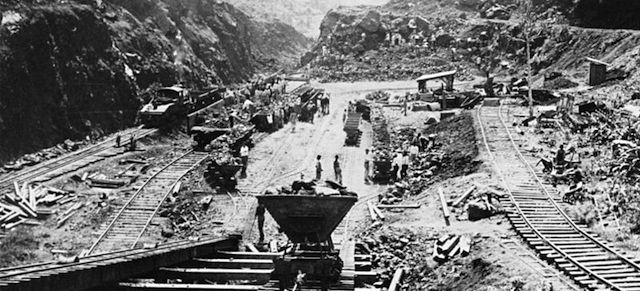The Panama Canal opened 100 years ago this month, one of the greatest engineering achievements in history. It was also one of the greatest sacrifices of human life in the name of construction, but tragically it was far from the most deadly project in modern history.
Picture: Panama Canal in 1907 by H.C. White Co, from the Library of Congress
It’s not always easy to compare one project to another, since each project measures “deaths” differently — some include disease due to working conditions, for example. And though construction has become far safer today, worker deaths are still common. New reports estimate that 4000 migrant workers might die building eight stadiums for the 2022 World Cup in Qatar — which would place it far ahead of most major infrastructural projects in history. Is this the price we pay for progress?
Here’s a sampling of projects — not a complete list — finished since 1900 using numbers reported by McGraw Hill’s Engineering News Report, along with the explanations for how record-keepers decided upon those numbers.
Panama Canal, 1880-1914
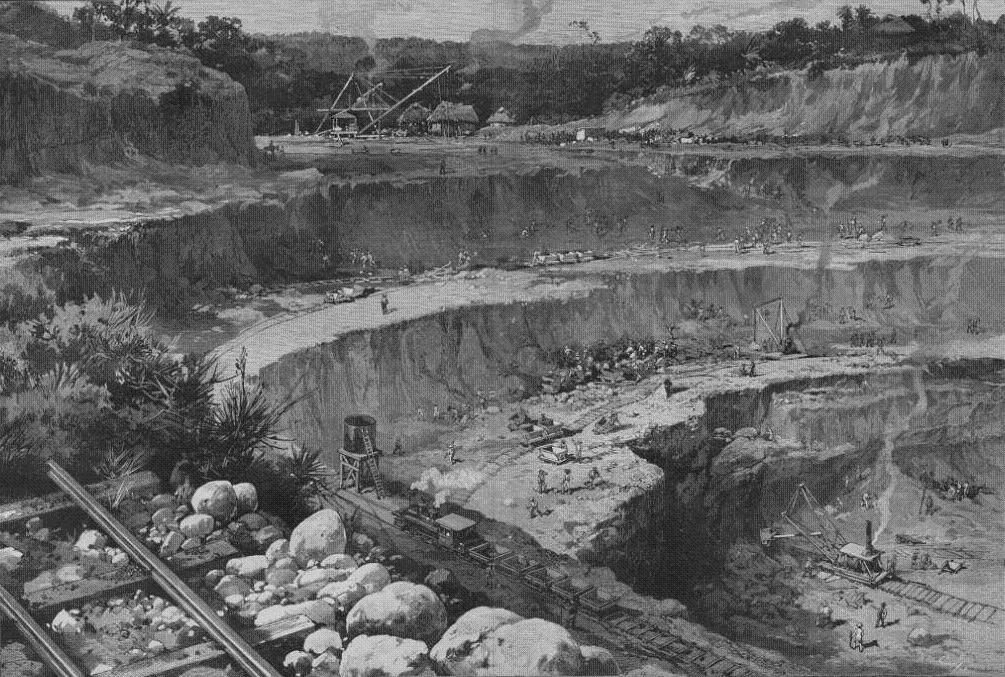
Picture: Charles Graham
One of the largest and most ambitious engineering projects in modern history, the Panama Canal was also one of the deadliest, at 30,609 deaths. France managed the construction starting in 1880, which likely saw a death count of about 25,000 people, most killed not by construction incidents but by yellow fever and malaria. (The French would only officially record deaths that took place at their hospitals, which was a very small number overall.) After the US took over construction in 1904, figures collected on the canal’s site show that 5609 workers died of diseases and accidents. A majority of the men who died under US management were natives to the area. Only 350 of the US deaths were white Americans.
White Sea-Baltic Sea Canal, 1931-1933
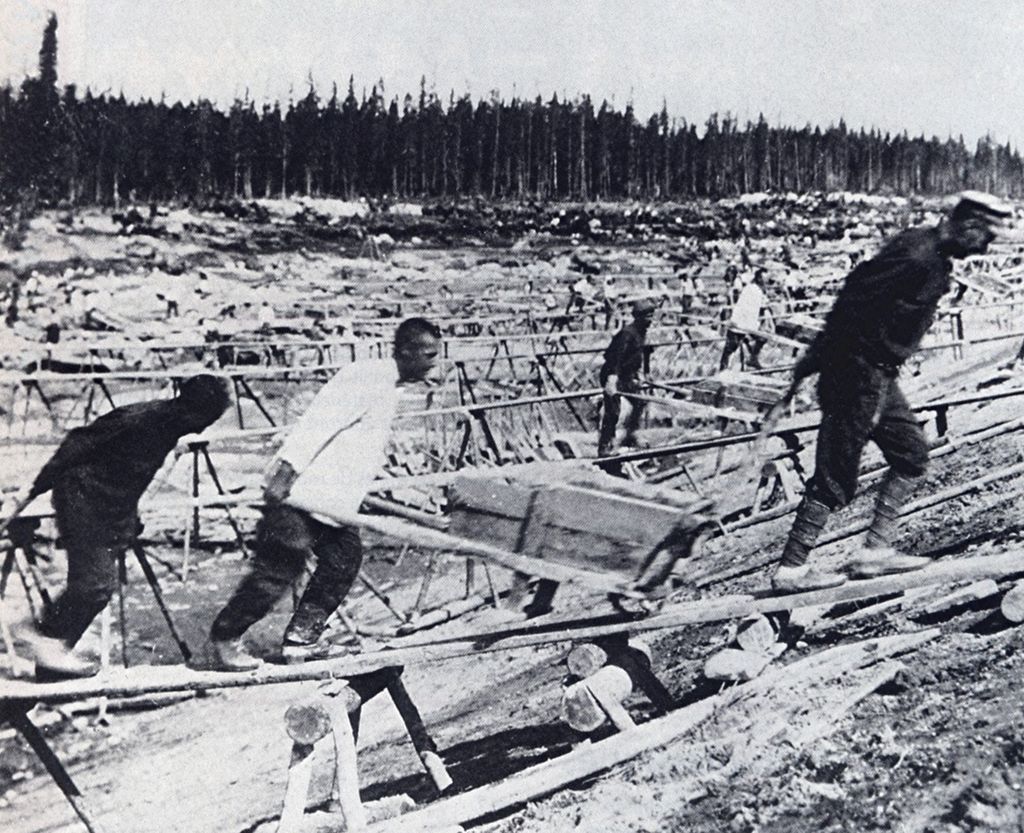
As punishment for their crimes against the government, Russian gulag prisoners were forced to dig this canal under extremely deplorable conditions, using primitive tools and inadequate safety equipment. At the end of the project, 12,000 prisoners were freed for their work, yet an estimated 12,000 prisoners died during construction. The finished 141-mile canal runs through Russia from the Baltic Sea to the inland White Sea, which allows goods to travel all the way to Siberian ports in the Arctic.
Burma-Siam Railway, 1942-1943
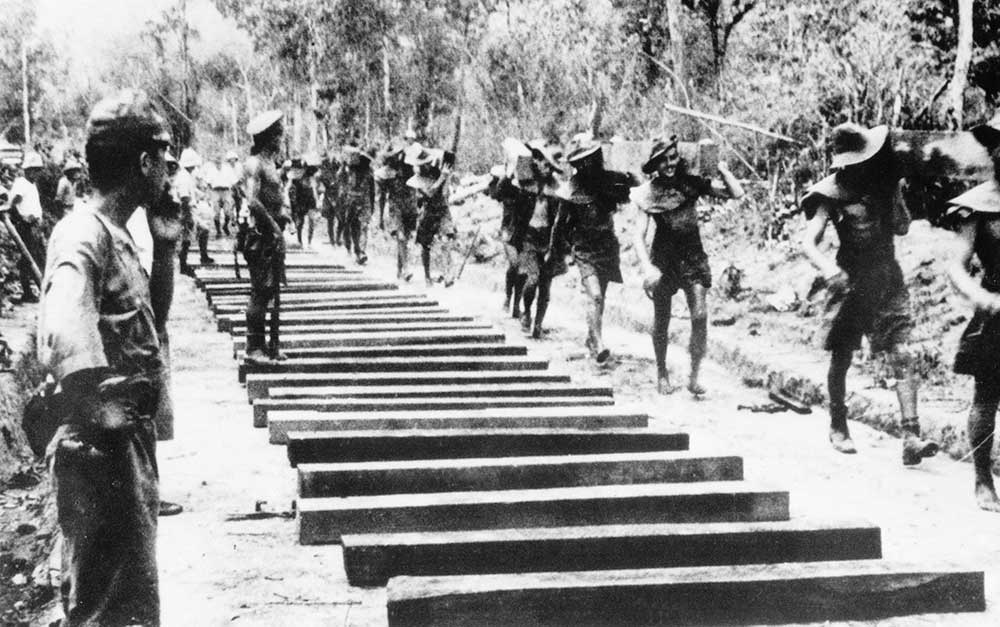
Picture: Hellfire Pass
Nicknamed the “Death Railway” for obvious reasons, this 415km railroad was built by Japan to get its troops and supplies to Burma during World War II. In addition to the 100,000 local residents who lost their lives working on the project, it’s estimated that 60,000 Allied POWs were used as forced labour and at least 12,399 of those soldiers died, although the figure may be higher than 16,000. Many soldiers starved to death, while others were subjected to tremendous brutality at their hands of their captors. One of the bridges built during construction was immortalised in the book The Bridge on the River Kwai, which has been criticised for not accurately portraying how bad the conditions were.
Karakoram Highway, 1959-78
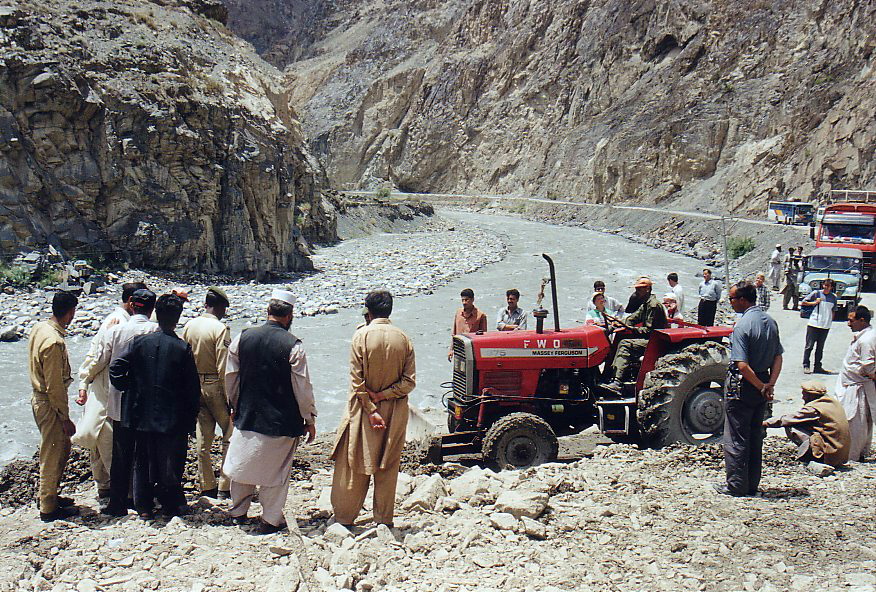
This 1456km highway that connects the city of Abbottabad, Pakistan, with Kashgar, China, is the highest-elevation paved international road on the planet: At the Pakistan-Chinese border in Kashmir, the road reaches 4730m above sea level. It also travels over some of the most treacherous and unstable mountains on Earth, so many of the 892 deaths were caused by landslides, which are still an issue for drivers today. A devastating landslide in 2010 created a lake which flooded a Pakistani valley and closed part of the highway.
Aswan Dam, 1960-70
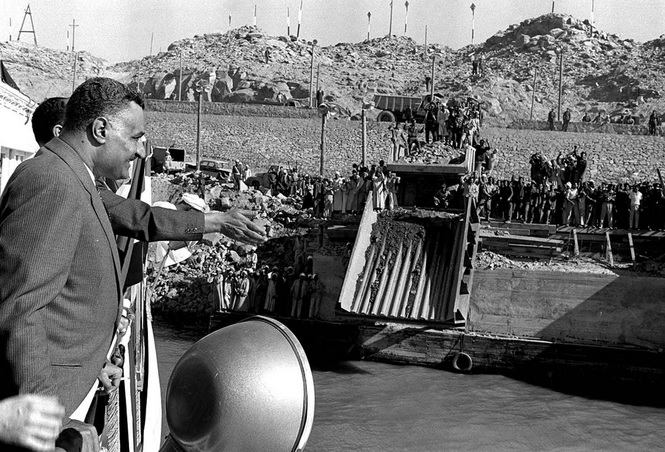
Over 30,000 workers contributed to the building of the Aswan Dam in Egypt, and 500 lost their lives. This diversion of the Nile River was a huge power move for the country’s economic prospects, even though the environmental and cultural impacts on the area were devastating — 100,000 people were relocated and many archeological sites were lost. Safety conditions improved considerably after the Soviet Union kicked in equipment and financial support in exchange for a stake.
Hawks Nest Tunnel, 1927
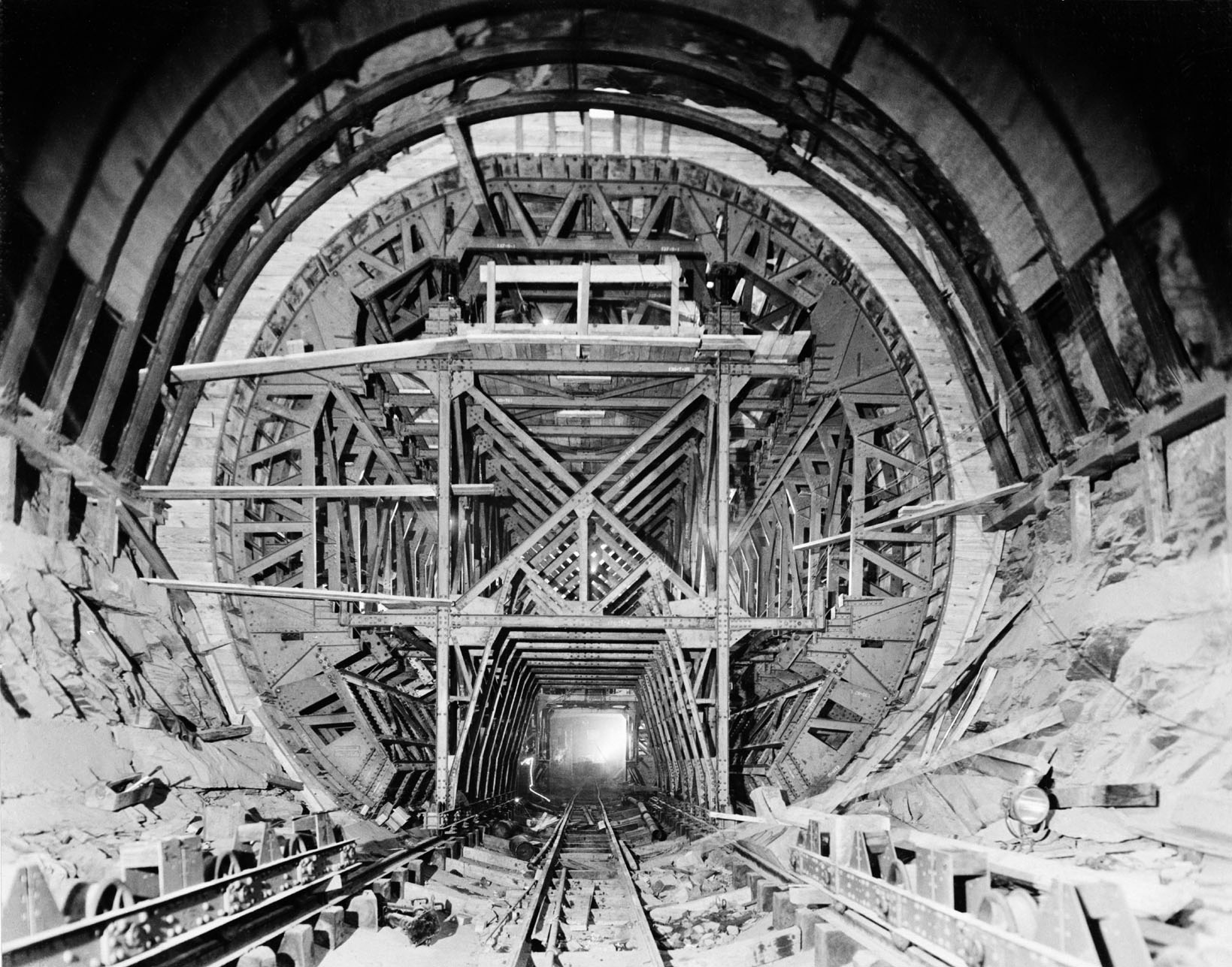
Picture: Hawks Nest Tunnel Movie
A simple diversion tunnel for the New River in West Virginia turned into one of the deadliest industrial disasters in the US due to poor health and safety regulations. After workers discovered silica in the rock they were told to mine it as a by-product of tunnel construction, however, they were never given any masks or protective gear. Hundreds of workers developed silicosis due to the long-term exposure of silica dust in their lungs. Although the official number of deaths is 109, which is transcribed on historical markers, the number could be as high as 1000 due to the fact that many sick workers simply abandoned the site.
Hoover Dam, 1931-1935
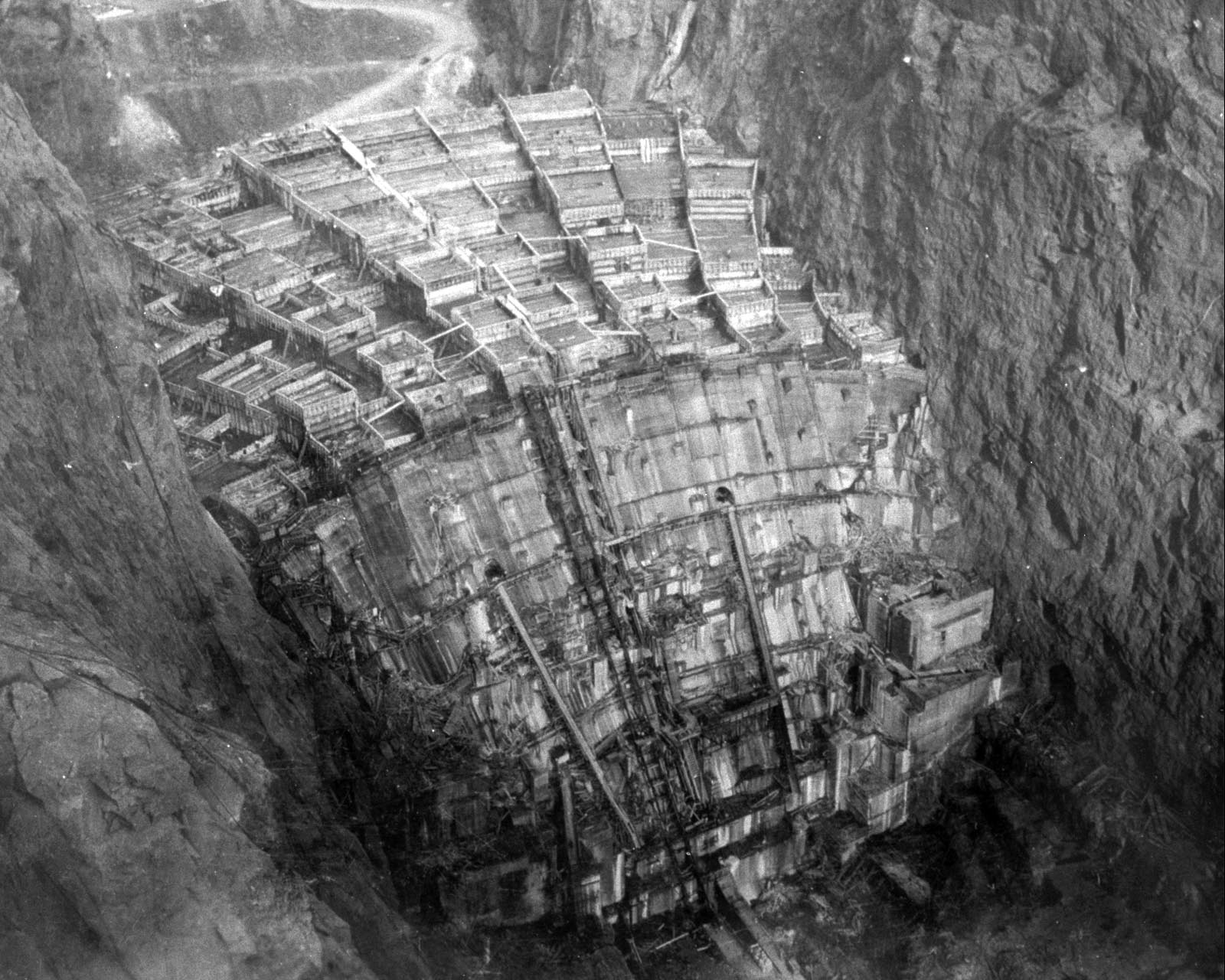
Picture: Bureau of Reclamation
Harnessing the power of the Colorado River and ensuring water security for the west was one of the most dramatic infrastructural events the US has ever undertaken, but for such a large project, the loss of life was relatively low. The dam’s records puts the official count at 96, however, that does not include deaths from heat, cardiac arrest or other factors that may have been exacerbated from building a dam in the desert. The 96 deaths include men who died from “industrial fatalities”: drowning, blasting, falling rocks or slides, falls from the canyon walls or truck accidents. The dam’s site also refutes another urban legend: Due to the dam’s structure made from interlocking concrete blocks, there are no bodies buried in the dam.
Los Angeles Aqueduct, 1908-1913
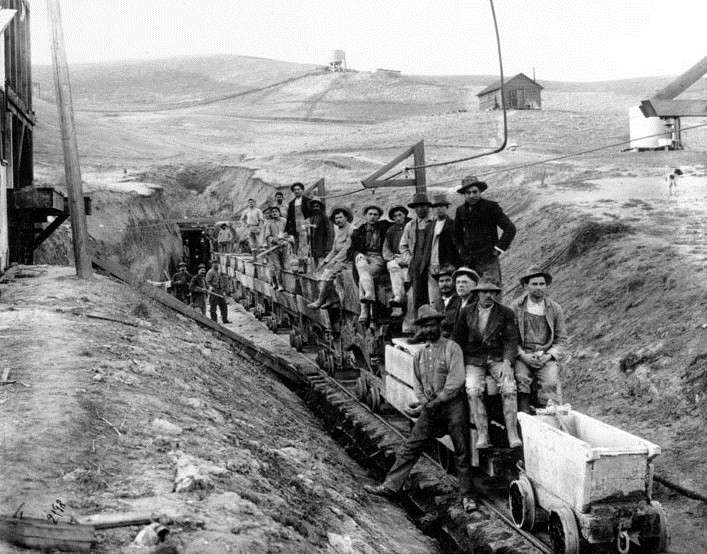
Picture: Water and Power
One of most audacious water infrastructure projects on American soil was designed to deliver water from the Owens Valley in the Sierras to a thirsty and growing Los Angeles, 674km away. Eleven construction divisions began work simultaneously, carving out reservoirs, tunnels, canals and hydroelectric plants, as well as the rail, telephone and power infrastructure to support it all. Conditions were often difficult for the workers, who were in remote locations with little access to medical services — they often had to use mules due to the treacherous terrain — yet only 43 deaths were documented during the entire five-year project.
New York City Third Water Tunnel, 1970 to present

The largest infrastructure project in New York state history is currently tunnelling below New Yorker’s feet to provide a third connection to the upstate water supply (we paid it a visit last year). The project also serves as a way to illustrate improvements in safety and technology over the last few decades: The earliest tunnels were created by blasting and drilling, while the new tunnels are being carved out by a tunnel boring machine. The 24 deaths include one boy who died while exploring water pipes which had been left uncovered in the Bronx.
St Gotthard Road Tunnel, 1969-1980

At the time it was completed, this 16km tunnel in Switzerland was the longest road tunnel in the world. Tragically, 19 people died working on the tunnel — which was created to connect central Switzerland with Milan, Italy through the Alps, providing a faster and safer year-round alternative to the winding Gotthard Pass. It’s not to be confused with the 57km Gotthard Base Tunnel, a rail tunnel nearby which will be the longest in the world when it opens in 2017. Eight workers have died on that project.
